This is the gateway to the world’s endangered species.
We have access to vision of hundreds of endangered species. You can find a specific species by entering the name in the search box on the right, or you can click on a species heading below and enjoy some of the videos on the way.
However this site is organic and is growing all the time. The seeding has begun but we’ve still away to go. What we are saying is that not all the species are link through to their channel. It’s a big job. So only the species named in red have links at this stage.
But there’s still plenty to see so have a look around, and if you become a member, which is free, you’ll get regular up-dates with video and information as they are added.
| AMPHIBIANS includes frogs, toads, salamanders, newts, and caecilians, which are ectothermic or cold-blooded animals that metamorphose from water-breathing juveniles, to air-breathing adults.Typically, amphibians have four limbs. Unlike other land animals, amphibians lay eggs in water, as their fish ancestors did.Amphibians are ecological indicators, and in recent decades there has been a dramatic decline in amphibian populations around the globe. Many species are now threatened or extinct. In fact the IUCN said 30% or described species are threatened with extinction. Scientists do not agree on the cause but it is widely believed to be a direct result of human activity namely pollution. | |
| ARACHNIDS All arachnids have eight legs, two pairs of which have become adapted for feeding, defence, and sensory perception. Arachnids are found on land and in the water.They comprise over 98,000 named species, including spiders, scorpions, harvestmen, ticks, and mites. According to the UICN in 2008 only 32 species have been evaluated with 56% percent of those being threatened.Arachnids have no antennae or wings and are mostly carnivorous, feeding on the pre-digested bodies of insects and other small animals. Several groups are venomous enabling them to kill prey or enemies.Arachnids usually lay eggs but scorpions bear live young. | |
| BATS are mammals but their forelimbs have developed as wings, making them the only mammals naturally capable of sustained flight (other mammals, such as flying squirrels, gliding possums and colugos, can only glide for limited distances).A measure of the success of bats is their estimated total of about 1,100 species worldwide, accounting for about 20 percent of all mammal species. About 70 percent of bats are insectivores. Most of the rest are frugivores, with a few species being carnivorous. Bats are present throughout most of the world. Bats perform a vital ecological role by pollinating flowers, and also serve an important role in seed dispersal. Many tropical plants are entirely dependent on bats. | |
| BEARS are mammals of the family Ursidae. Although there are only eight living species of bear, they are widespread, appearing in a wide variety of habitats throughout the continents of North America, South America, Europe, and Asia. Bears are aided by an excellent sense of smell, and despite their heavy build and awkward gait, they can run quickly and are adept climbers and swimmers.Bears have been hunted since prehistoric times for their meat and fur. In modern times, the bear’s existence has been pressured through the encroachment of their habitats and the illegal trade of bears and bear parts, including the Asian bile bear market.The IUCN lists six bear species as vulnerable or endangered. The poaching and international trade of these most threatened populations is prohibited, but still ongoing. | |
| BIG CATS distinguish the larger cat species from smaller ones. One definition of big cat includes the four members of the genus Panthera: the tiger, lion, leopard, and jaguar. Members of this genus are the only cats able to roar. A more expansive definition also includes the cheetah, snow leopard, and cougar. The roaring cats may also be distinguished from the other big cats by referring to them as “great cats”.Despite enormous differences in size, the various species of cat are quite similar in both structure and behavior. All cats are carnivores and efficient predators. Their range includes the Americas, Africa, Asia, and Europe. | |
| BIRDS (class Aves) are winged, bipedal, endothermic (warm-blooded), vertebrate animals that lay eggs. There are around 10,000 living species, making them the most numerous tetrapod vertebrates. All know species where evaluated by 2008 by the IUCN with as many as 12% considered threatened with extinction.They inhabit ecosystems across the globe, from the Arctic to the Antarctic. Birds range in size from the 5 cm (2 in) Bee Hummingbird to the 2.7 m (8 ft 10 in) Ostrich.Modern birds are characterised by feathers, a beak with no teeth, the laying of hard-shelled eggs, a high metabolic rate, a four-chambered heart, and a lightweight but strong skeleton. All birds have forelimbs modified as wings and most can fly, with some exceptions including ratites, penguins, and a number of diverse endemic island species. | |
| CANIDAE Canidae (pronounced /ˈkænɨdiː/ or /ˈkeɪnɨdiː) is the biological family of the dogs, including wolves, foxes, coyotes, and jackals.The Red wolf is the most endangered wolf species in the world, with only about 400 still alive in the wild.The African Painted Hunting Dog once numbered about 500,000, with packs of 100 or more individuals. Now there are only about 3,000-5,500 remaining spread across 25 countries. They are primarily found in eastern and southern Africa, mostly in the Selous Game Reserve in Tanzania and in northern Botswana and eastern Namibia. Smaller populations are found in Zimbabwe and South Africa (Kruger National Park). Isolated populations persist in Zambia, Kenya, and Mozambique. | |
| ELEPHANTS, RHINOCEROS & HIPPOPOTAMUS These three species are not related but all three are endangered. Elephants. There are three surviving species, the African Bush Elephant, the African Forest Elephant and the Asian Elephant. Rhinoceros, or Rhino. There are five species remaining. Two are native to Africa and three to southern Asia. All five species are on the Red List. The Hippopotamus is semi-aquatic and includes the pigmy hippo. They inhabiting rivers and lakes in sub-Saharan Africa. Both are endangered. |
|
| EXTINCT Here are some examples of species it is too late for, the have become extinct. The Dodo. Most of us know the expression as dead as a Dodo. It was the first icon of extinction caused by humanity. Today we point to the Thylacine (aka Tasmanian tiger). A large carnivorous marsupial that hunted by stealth, moving (some say sneaking) around on all fours. It became official extinct in the 1930’s. If we go back further in time we meet the Marsupial lion, thylacoleo carnifax. The world’s largest known carnivorous marsupial. Believed to be one of the earliest victims of over hunting.And there are 17,000 more species teetering on the brink of extinction. We can all do something to help, even if it’s only watching our free videos. The advertising revenue goes to help the fight to save endangered species ….. Before It’s Too Late. | |
| INSECTS are arthropods, having a hard exoskeleton, a three-part body (head, thorax, and abdomen), three pairs of jointed legs, compound eyes, and two antennae. The head holds large compound eyes, antenna (feelers), and the mouthpart. The legs (and wings, if applicable) are attached to the thorax. On most insects, the abdomen is not an outstanding feature composed of 11 segments.Insects are the most diverse group of animals on the planet. There are approximately 2,200 species of praying mantis, 5,000 dragonfly, 20,000 grasshopper, 82,000 true bug, 120,000 fly, 110,000 bee, wasp, ant and sawfly, 170,000 butterfly and moth, and 360,000 beetle species described to date. | |
| MARSUPIALS Marsupials are mammals with pouches. Baby marsupials are very small when they are born. They find their way into their mother’s pouch and drink milk from a teat while they continue to develop. Marspials are mainly plant eaters, though there are a number of surviving marsupials that are carnivourus including the Tasmanian devil and the Chuditch or quoll.They range in size from the marsupial mouse at a few centimetres long to huge 2 metre desert kangaroos and include such strange sounding species as the Woyley, the numbat, wombat, bettong, phascagal, bandicoote, quokka. And others like the hairy nosed wombat or the tiny honey possum. | |
| OCEANS, RIVERS AND LAKES including cetacean species, fish, coral and molluscs,crustaceans, species.The ocean (from Greek Ωκεανός, Okeanos (Oceanus)) is a major body of saline water, and a principal component of the hydrosphere. Approximately 72% of the Earth’s surface (an area of some 361 million square kilometers) is covered by ocean, a continuous body of water that is customarily divided into several principal oceans and smaller seas. More than half of this area is over 3,000 meters (9,800 ft) deep. Average oceanic salinity is around 35 parts per thousand (PPT) (3.5%), and nearly all seawater has a salinity in the range of 30 to 38 PPT. | |
 |
PLANTS are living organisms belonging to the kingdom Plantae. They include things we take for granted such as trees, herbs, bushes, grasses, and more. It’s estimated there are around 300,000 species of plants that have been described. As of 2008 only 12,000 of those species had been evaluated by the IUCN and of those 70% are threatened with extinction.Plants are essential for all other life on earth to exist. Our survival depends on plants. They provide everything we need to sustain our lives, from the earth’s natural air conditioning to food we all eat. They also provide some of the world’s best known and effective medicines, the paper we use, the tyres we put on our cars and much more. |
| PRIMATES A primate (pronounced /ˈprаɪmeɪt/, us dict: prī′·māt) is a member of the biological order Primates (/prаɪˈmeɪtiːz/ prī·mā′·tēz; Latin: “prime, first rank”).The group that contains lemurs, the Aye-aye, lorisids, galagos, tarsiers, monkeys, and apes, with the last category including humans. With the exception of humans, who now inhabit every continent on Earth, most primates live in tropical or subtropical regions of the Americas, Africa and Asia.Primates range in size from the 30-gram (1 oz) Pygmy Mouse Lemur to the 200-kilogram (440 lb) Mountain Gorilla. | |
| REPTILES are members of the class Reptilia, are air-breathing, cold-blooded amniotes that have skin covered in scales or scutes as opposed to hair or feathers. They are tetrapods (having or having descended from vertebrates with four limbs) and lay amniote eggs, whose embryos are surrounded by the amnion membrane. Modern reptiles inhabit every continent with the exception of Antarctica.The majority of reptile species lay eggs the are oviparous. However some species of squamates are capable of giving live birth. |




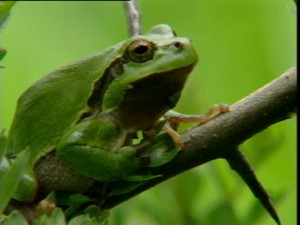
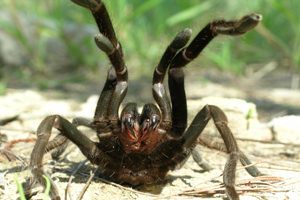
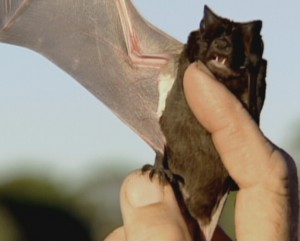
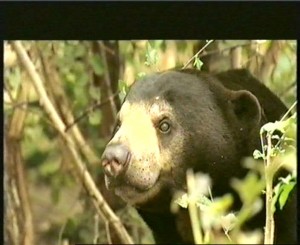
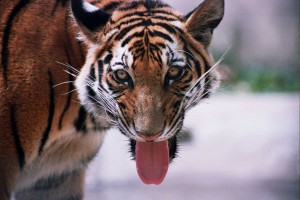
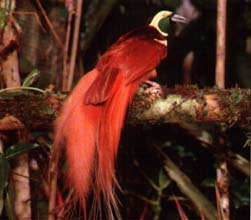
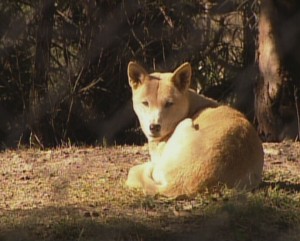
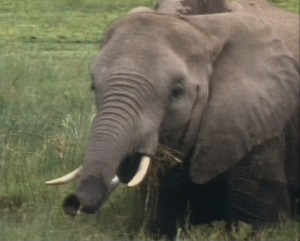
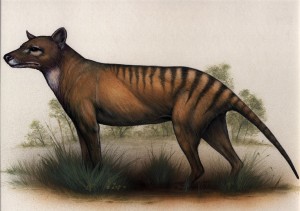
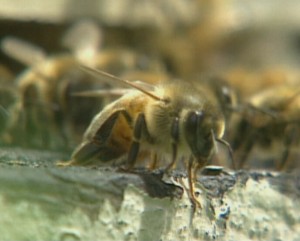
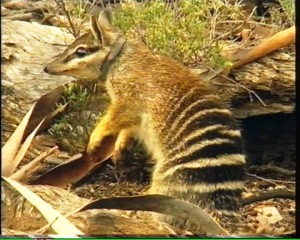
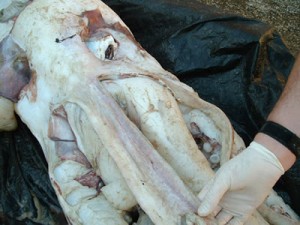

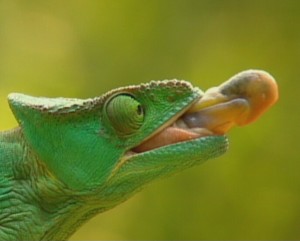
Unfortunately with more and more pollution caused by non other than us, there will more and more die offs of species. I think the worst scenario is the disappearance of the bee’s. They are our pollinators and at the base of the food chain. Now that is something to worry about.
Monkeys are in danger of extinction–we are not